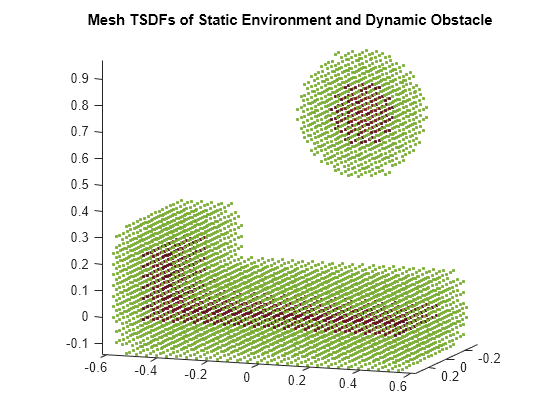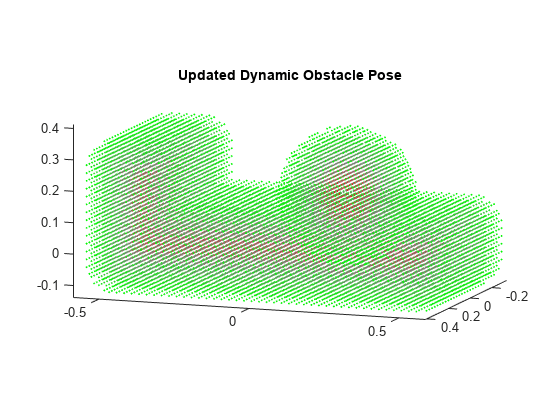geom2struct
Syntax
Description
meshStruct = geom2struct(geom)
meshStruct = geom2struct(geom,id)
meshStruct = geom2struct(___,LocalOffsetPose=poseOffset)
Examples
Input Arguments
Output Arguments
Extended Capabilities
Version History
Introduced in R2024a
See Also
meshtsdf (Navigation Toolbox) | collisionBox | collisionCapsule | collisionCylinder | collisionMesh | collisionSphere


